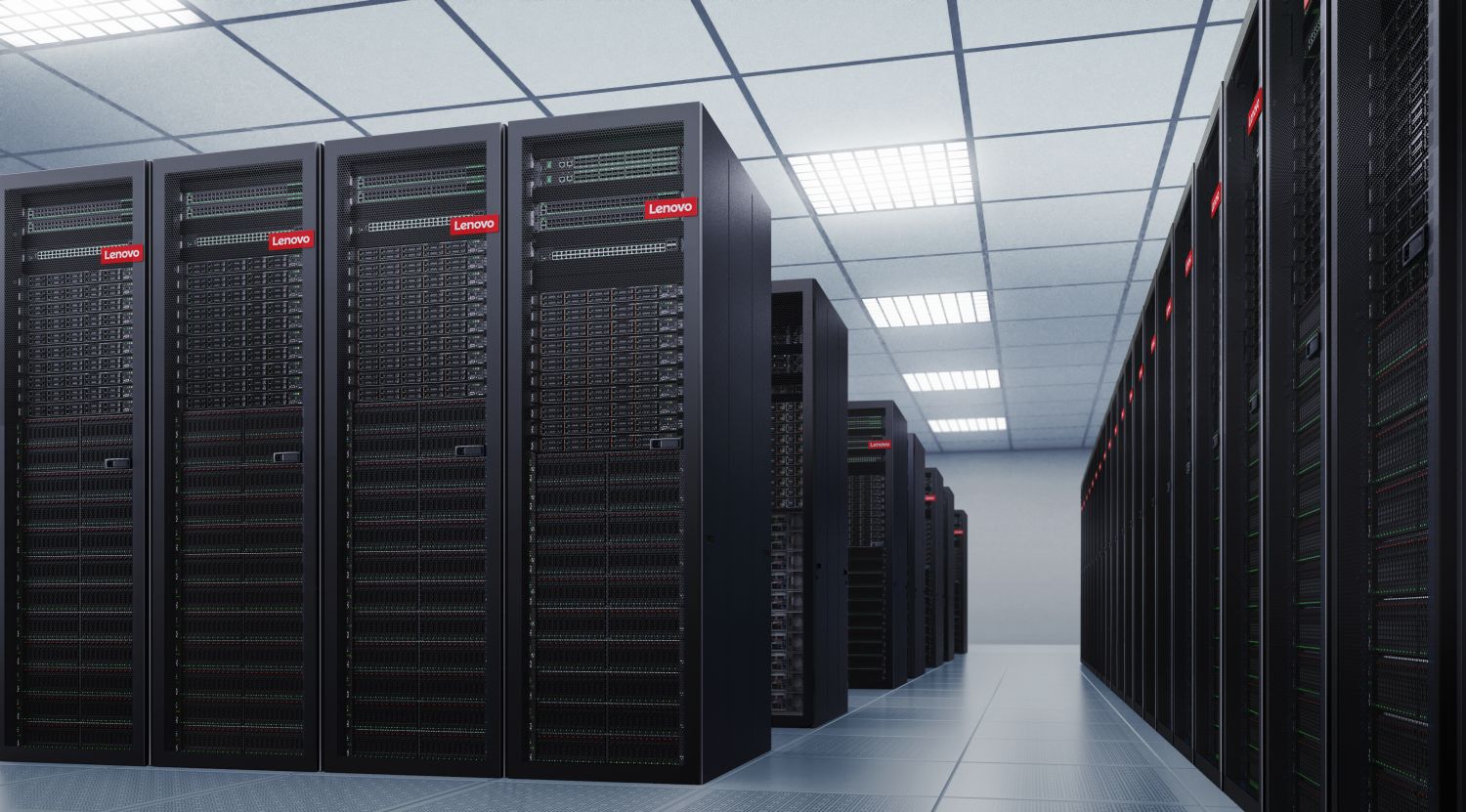Rack servers are different from freestanding tower servers in that the former is specifically designed with an emphasis on internal processing abilities among other factors. Due to their slim and vertical structure, IT specialists can group the storage, processing, and networking capacities into a single compact device to run a rich variety of business applications and public web services.
If you ever ask yourself what powers the seemingly never-ending stream of information that fuels our interconnected society, it is found in rows of rack servers working non-stop.
Let us proceed further in this article and learn more about the top 10 reasons that prove these machines as the core of contemporary IT structures.
1. Specially Designed for Density, Scalability, And High Availability
Unlike traditional non-integrated servers lodged within the confines of the physical enclosures of metal frames, rack servers are built with external cabinets, which can be mounted together, scaled up, and simultaneously governed as one capability to enhance. This modularity offers great density and as such, it is possible to pack a lot of computational power into a small space – something that is beneficial when it comes to corporate data center space.
2. Flexible Tool-Less Maintenance and Configuration
The typical design of each server unit in a rack chassis is that it can be maintained as a stand-alone node and none others are impacted. All the parts like fans, drives power supplies, or any other component can be swapped with trays and modules without any tool. Another advantage is that it is possible to have different brands or gens of servers in a single rack for better flexibility.
3. An Efficient Management of Infrastructure
In large computer rooms, rack systems allow administrators to manage access to, status of, and even troubleshoot and control certain pieces of equipment from central points. Advanced remote user interfaces deliver corporate-level control and monitoring, while integrated temperature indicators and fans enhance self-regulation to avoid overheating problems.
Other possibilities for cable routing such as vertical power bars also reduce the possibilities of cable tangles in maintenance. In other words, all these come together in a centralized enclosure that can be accessed, operated, provisioned, and locked while avoiding the need for navigation across aisles of individual tower servers. This is one of the most effective design decisions that should be pursued to reduce potential downtimes and maintain proper IT functioning.
4. Enhances the Safety of Data and Allows Only Authorized Personnel
A rack server for home allows only authorized users to access computing hardware, networking equipment, and storage through physical and programmatic control measures complemented by stringent authentication measures, predefined permissions, and high levels of cryptographic security. Centralized also minimizes security threats, while allowing detailed monitoring in areas of interest.
5. Supports Complex Processing Capabilities
Flexible multi-node clustering and single point management make rack servers for home highly capable of supporting computing resources that are heavy in usage such as large transaction processing, real-time data analysis, and similar extensive scale operations. Hadoop nodes can be set to be specialized in certain tasks like front-end web serving while the other nodes can be set to handle back-end number crunching and when the workload is distributed, the nodes can be combined to meet the required demand.
6. Highly Resilient and Fault Tolerant
Compared to having several interconnected servers behind one IP address, rack systems incorporate other functions such as high availability clustering and load balancing to eliminate potential weaknesses. As for the function, there is no single-point failure; parallel nodes assume processing functions immediately in case one of them fails. Non-stop continuous operation added to the protection of the failover capability together with hot-swappable modularity of the various parts forms a solution with a remarkably high availability.
7. Convenient Storage Expansion and Consolidation
Different drive types, capacities, or even interfaces may be consolidated into the same chassis. Equipment from prior Monster towers may also be repurposed to bring storage resources in higher density rack-compatible formats, eliminating equipment footprint. Finally, rack systems coalesce enormous storage capacities neatly into only areas to build integrated resource aggregates that cover functionalities of NAS, SAN, and hyperscale cloud storage strata. This provides single-interface user access and administration to ensure efficient scaling of capacity without impacting productivity.
8. Designed Especially for Virtualized Environments
With regards to the usage density, you can easily host tens of virtual servers on each physical host and employ back-end automation solutions to scale up/down resources as needed. This flexibility facilitates the ability to assign and change storage capacities, GPU capacity, memory, and vCPU to virtual machines at any given time. Finally, the rack server price becomes a perfect candidate for virtualization clusters, multi-tenant hosting environments, and cloud infrastructures due to the possibility of more efficient partitioning.
9. Energy and Space Efficiency
It also does away with the physical server sprawl associated with large data centers that occupy vast spaces horizontally. Thus organizations that are currently burdened with disjointed towers can shave off huge electricity and cooling costs by simply optimizing the racks; this means freeing up space that can be used to generate more money. Closely aligned with green values and resource-consciousness is the other important principle of modern companies – rack servers are ideal in both aspects.
10. Cost Effectiveness Since It Is Cheaper To Engage In A Single Business Activity
The centrally organized, easily scalable applications and platforms reduce the operational expenses associated with IT maintenance and monitoring and the costs of infrastructures. Rack servers also prove to have a longer product life cycle due to convenient component swapping thus eliminating early rip and replacing cash seen with aging towers. In conclusion, a smaller footprint results in lower costs of renting office space. Costs after acquisition are considered when evaluating rack servers, which make them affordable for serious computing requirements.
In A Nutshell
Finally, rack server infrastructure constitutes the core that sustains institutional IT capacity base and business resilience in a progressively digital environment. The thin, rack-mounted systems address physical barriers with densities and scalability to fuel data and computing expansion at the cost of space, within tight form factors. In addition, continued accessibility, incredible reliability, and compactness also define racks as suitable for the current digital landscape and virtualization.
















